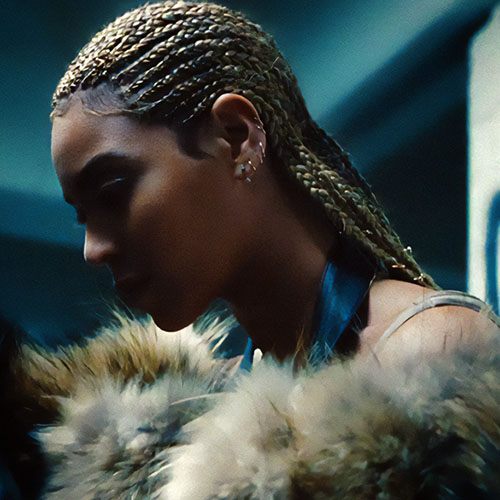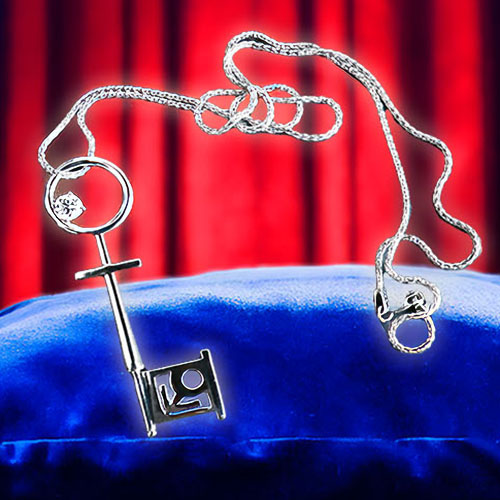The first concert I ever attended was in Belfast, when I was fourteen. I have been to a lot of concerts.
Dance Like No One’s Watching
I saw Magnum, a soft rock band from the 1980s. They had big hair and blasted out power ballads about unrequited love. I assumed everyone would stand politely, nodding and singing along, so I wore my best outfit. Slip-on red shoes, white socks, checked golf slacks, a white T-shirt and a cream linen suit jacket with the sleeves rolled up, so I would look like Crockett from Miami Vice.
I miscalculated, badly. Everyone wore black jeans, cowboy boots and leather jackets. The crowd shoved and spat on each other like punk rockers. Ruined my best thrift-shop duds. But it was all good fun! Years later, I cavorted in the filth each Australian summer at bush doofs like Earthcore and Rainbow Serpent, off my face on Ecstasy and lost in the K-hole. Everyone hugged and snogged and got stinky. Remember? Remember how amazing live music was?
I hope you do, because that shit is deader than Elvis. Or is it? The music industry was one of the first to be affected by the worldwide ban on mass gatherings and is likely to be one of the last restored. State and federal governments in Australia have had a chip on their shoulders concerning music festivals for some time now, with increasingly draconian crackdowns on volume, druggy behavior and, in the case of New South Wales’s boys in blue, a fucked-up tendency to strip-search minors.
All of which means they won’t exactly be champing at the bit to green-light musicians hitting the festival and concerts circuit. Which is unfortunate for musicians, who, with internet piracy the norm, have come to rely heavily on touring as a primary source of income.
Still, some canny operators are working out how to play concerts without breaking any coronavirus restriction rules. On May 14, Keith Urban played to 200 people inside 125 vehicles at the Stardust Drive-In Theatre in Watertown, Tenn.
“I’m grateful that we have the technology to do ‘at home’ concerts but come on,” Urban said. “Without the audience it’s just one long soundcheck.”
Keith blasted his hits quietly from the safety of a flatbed truck, with the music piped through FM radios inside the cars.
“The only real challenge for me was [the absence of] the energy from a mosh pit. But the car horns, the flashing headlights, that was crazy cool.”
Drive-in concerts are planned across Europe and America for the rest of this year, but with numbers and pricing options limited, it’s hardly going to make bank for the artists.
Australia might provide the solution. With a virus-free post-corona environment entirely possible Down Under, might international artists be tempted to relocate to Oz and New Zealand for a year? While the northern hemisphere suffers under an unstable pandemic, race riots, protests and a divisive U.S. election this winter, Australians will be enjoying a summer season where we can mingle our fluids freely and with wild abandon. Combine that with the fact that Aussies won’t be able to travel overseas on holiday and the appetite for live music will be staggering.
Those artists who do manage to tour will sell out gigs in record time. Festivals — if they go ahead — will be packed to the gills with revelers seeking the hedonistic joy of live performance. As fate would have it, Australia is being presented with the opportunity to become the world’s leading (and only) stage for live music. So come on, Beyoncé, Timberlake, Kanye, Post Malone, Billie Eilish, Rihanna, Gaga, Drake, Daft Punk and everyone else — post-corona Australia is waiting.
As you may have guessed, this article came in as a friendly contribution from Australia, thus explaining the slightly different view of concerts and the perhaps baffling vernacular. Also, we would of course be remiss if we did not warn everyone that concerts and dancing can get out of hand. We hate to be remiss, seeing as how many of us have never been miss in the first place.



















